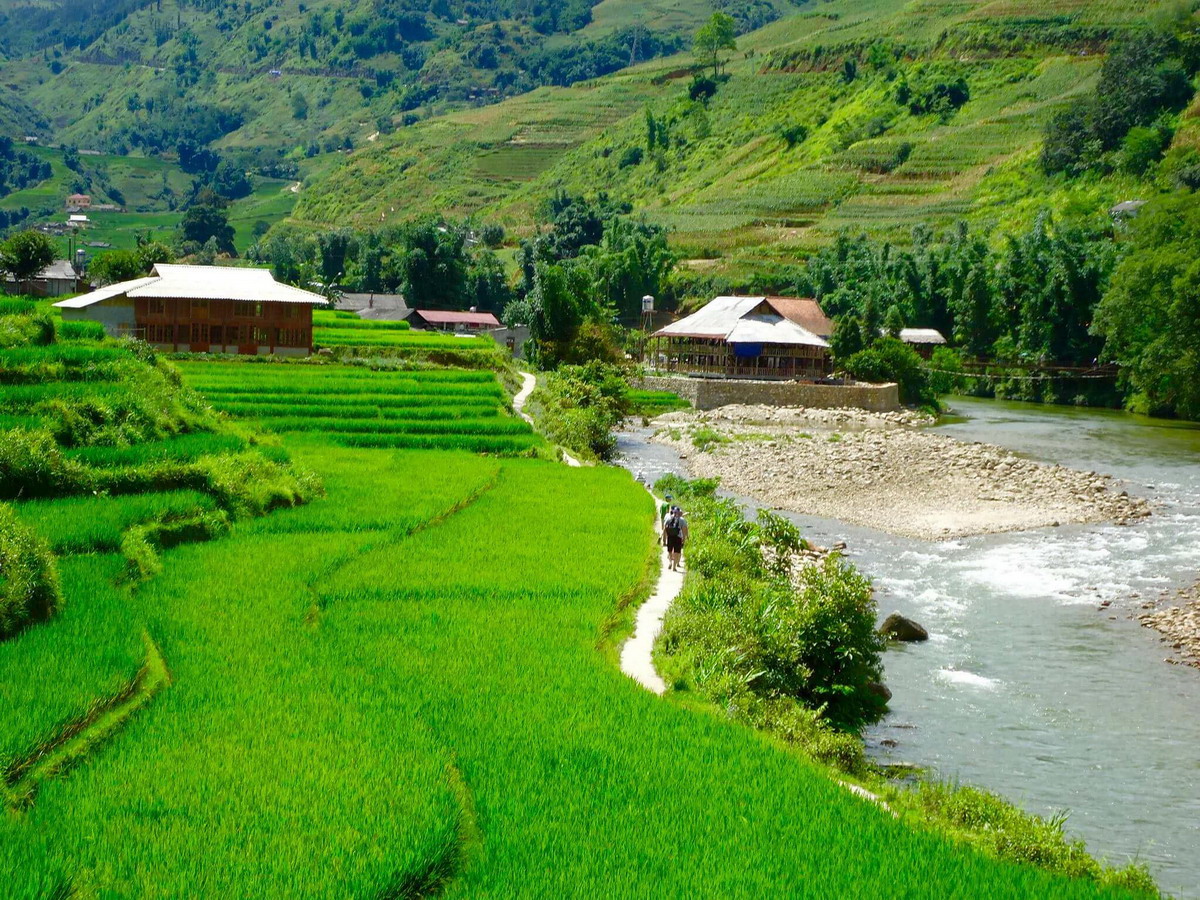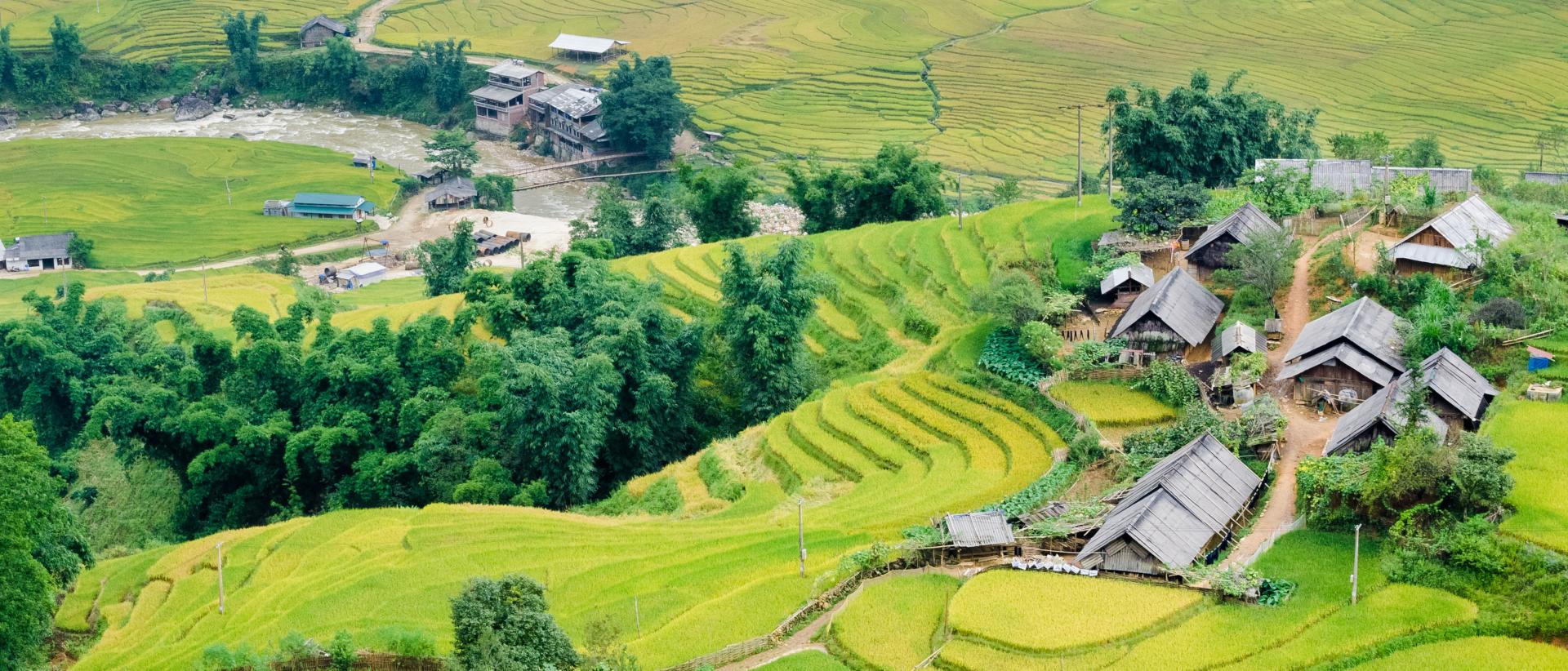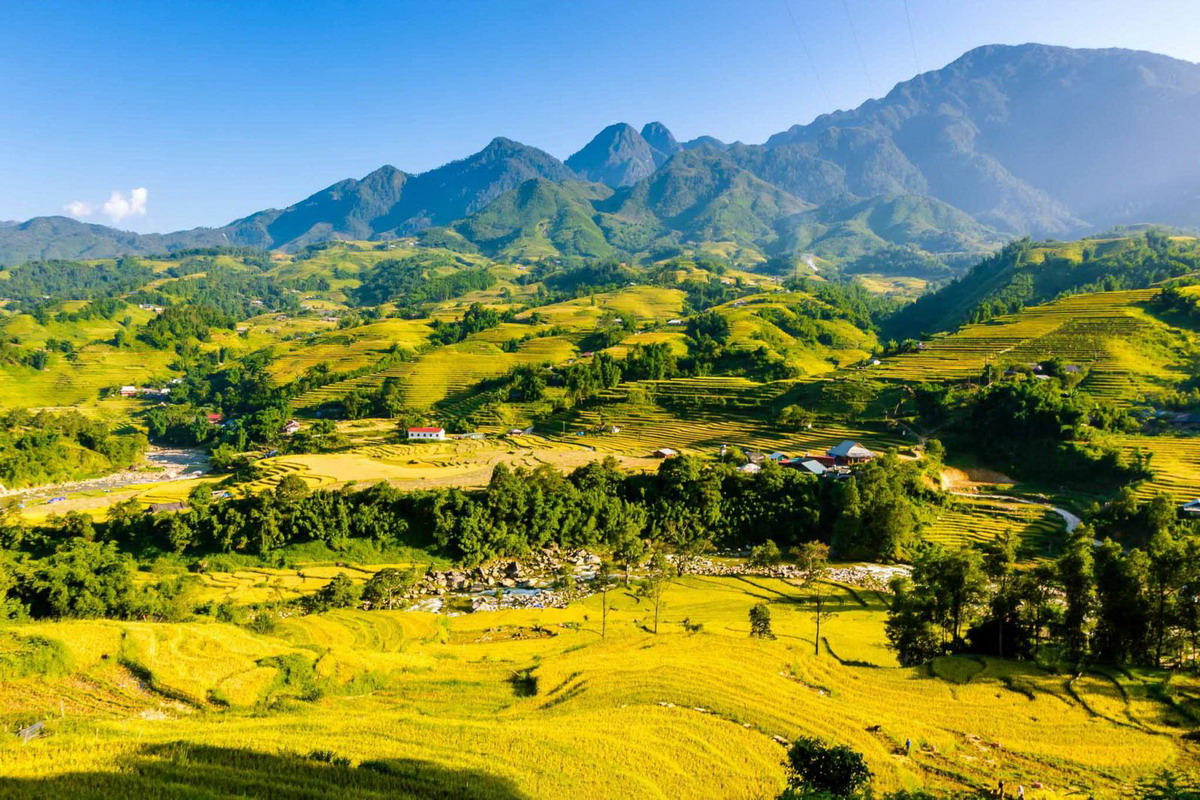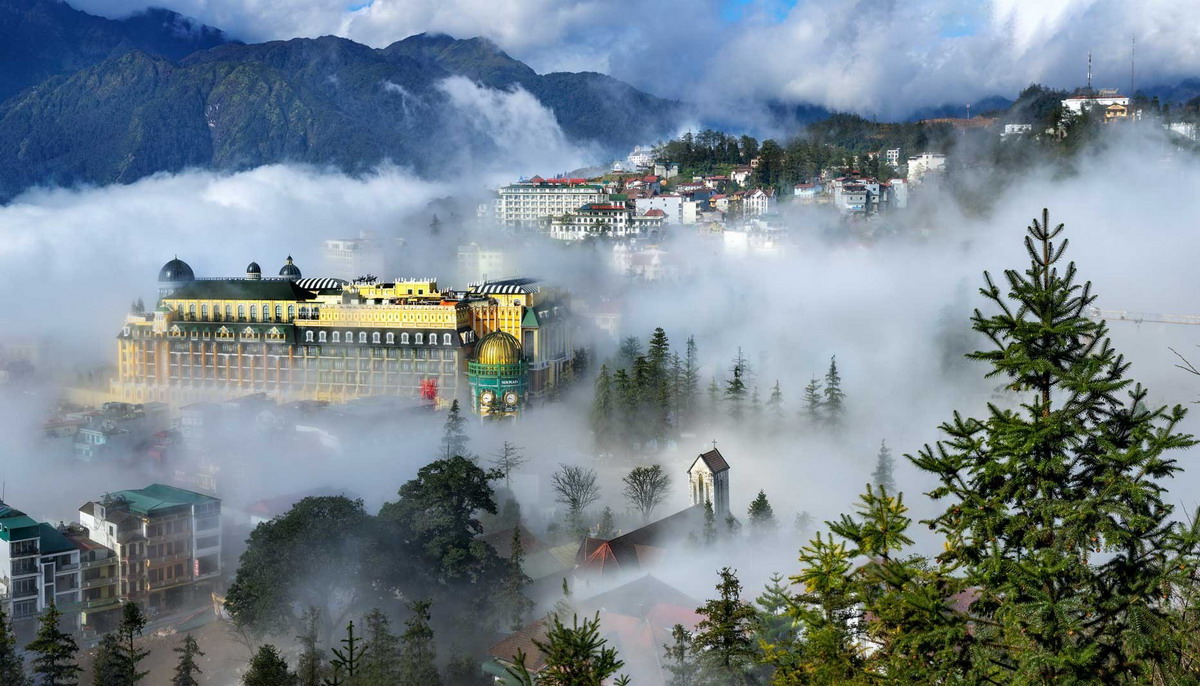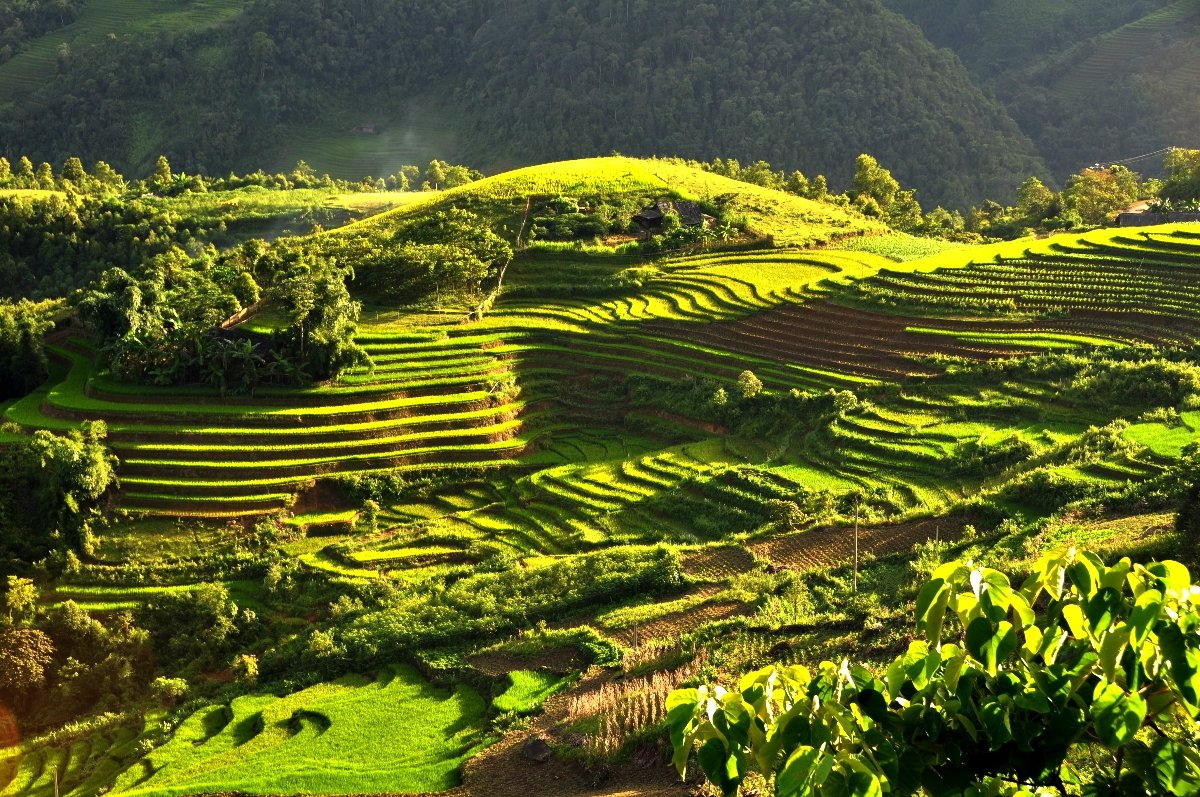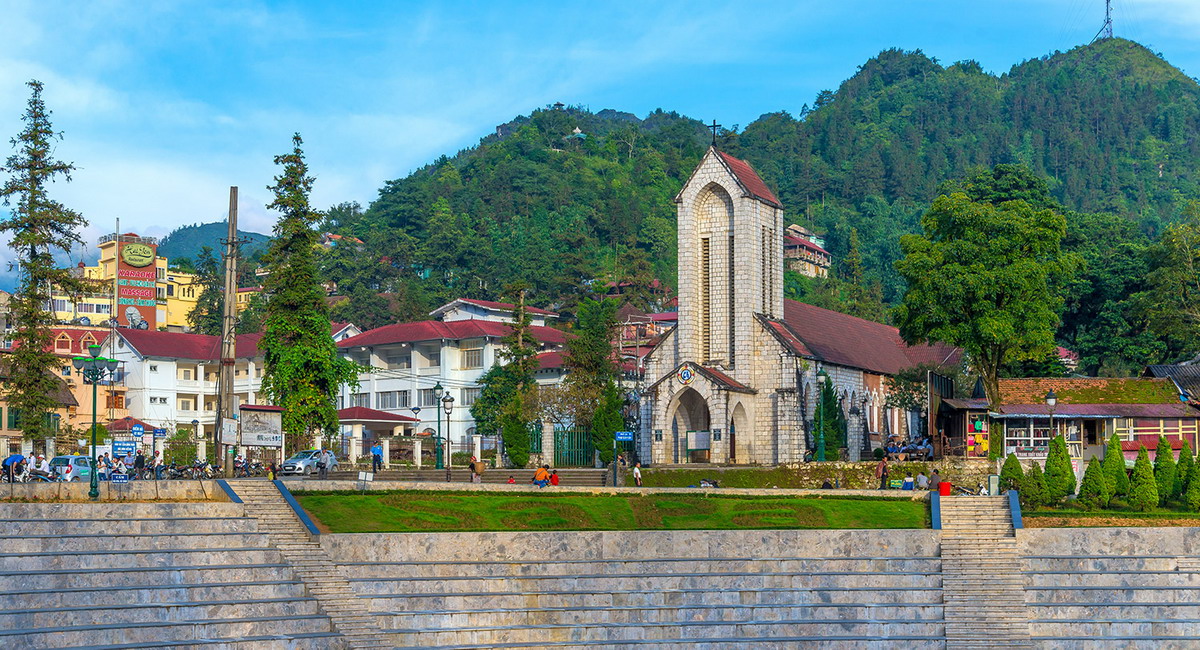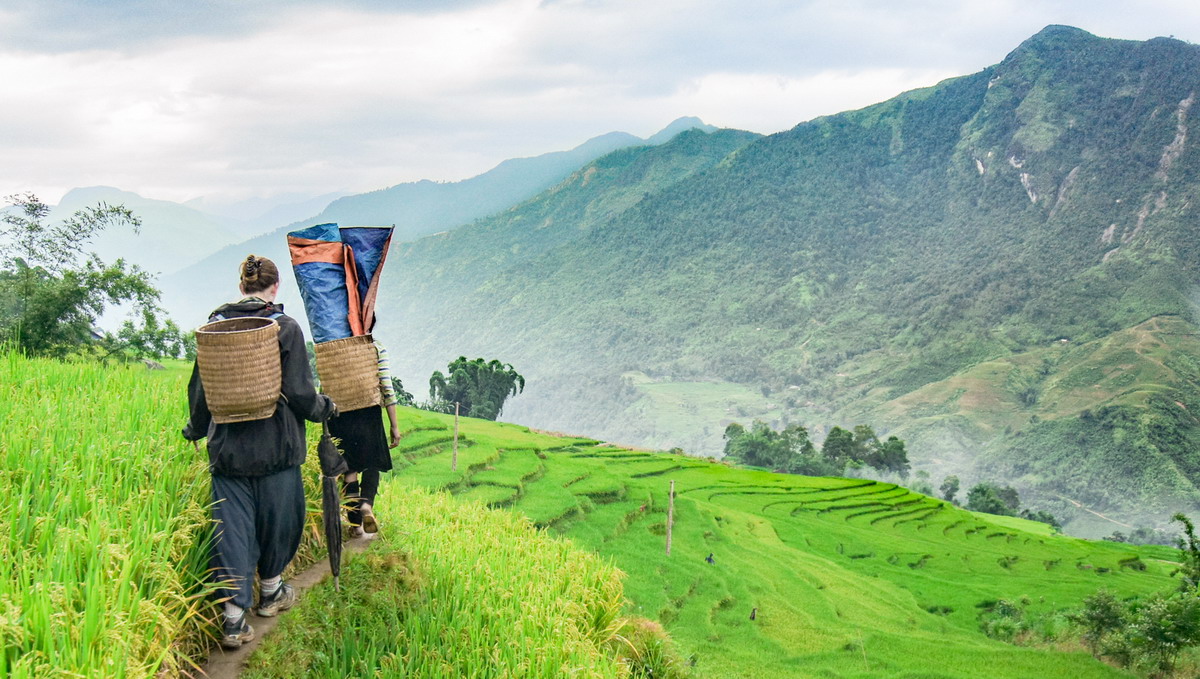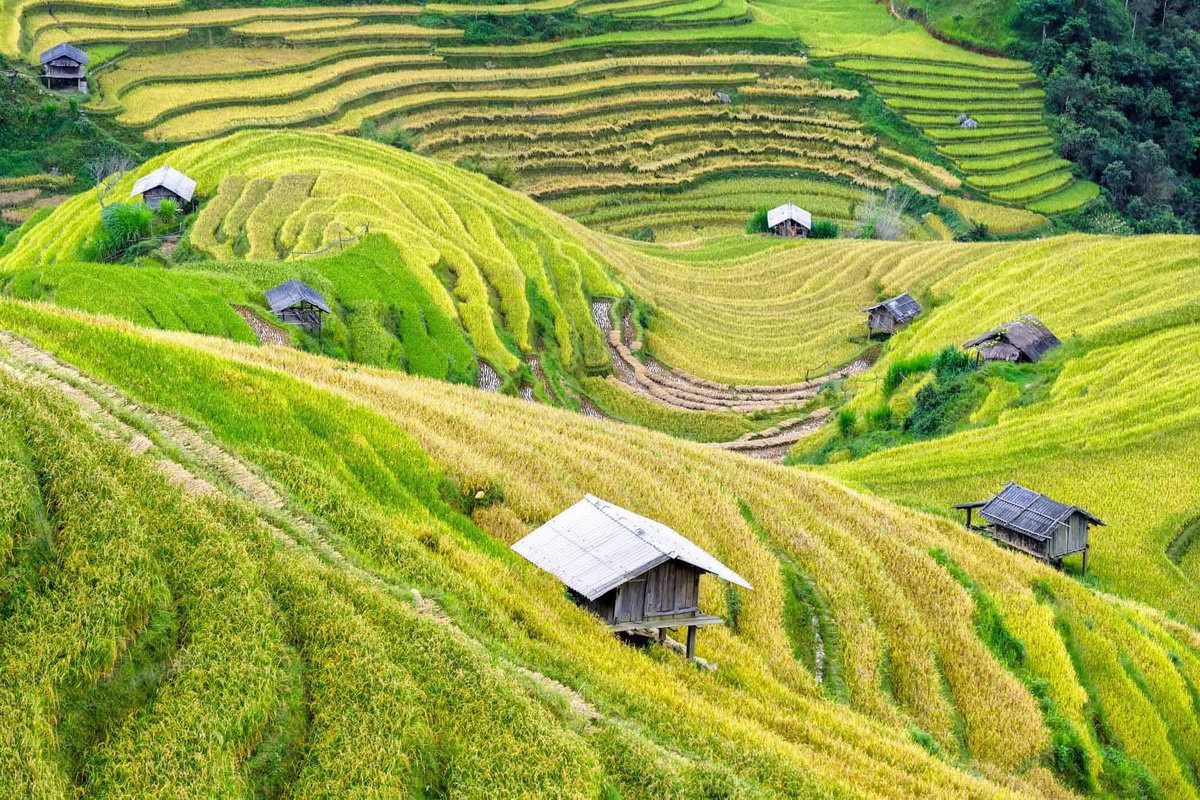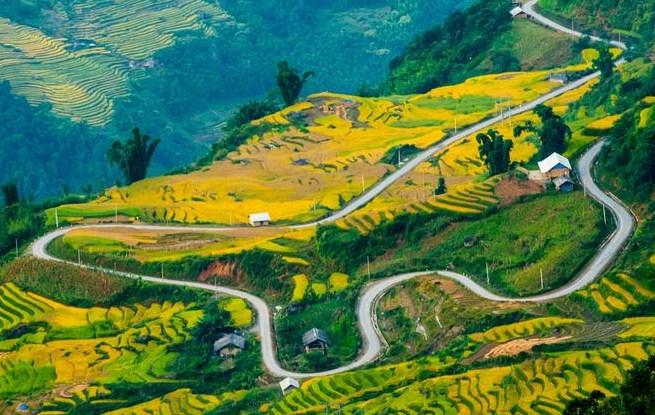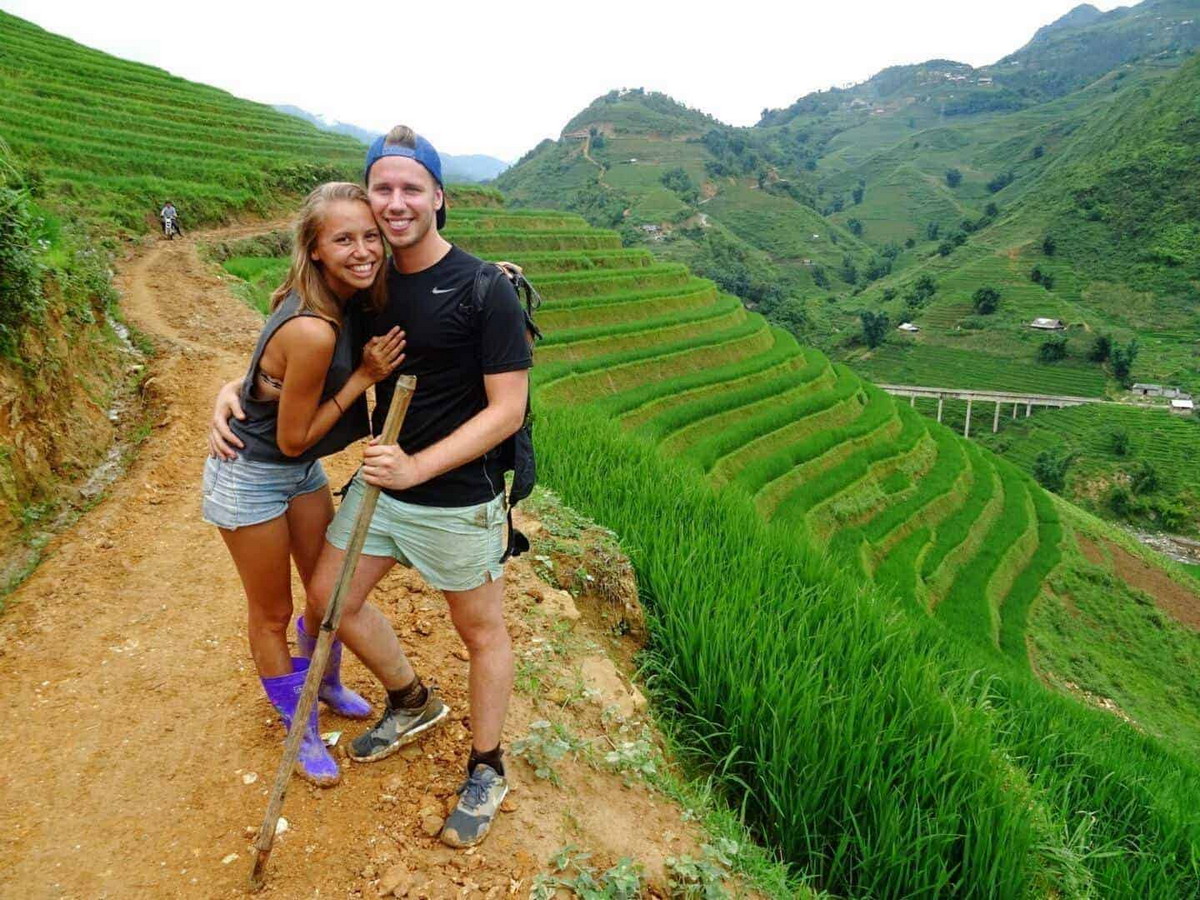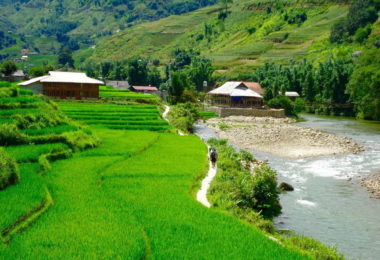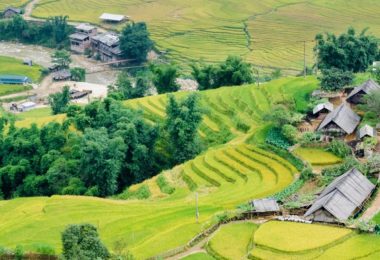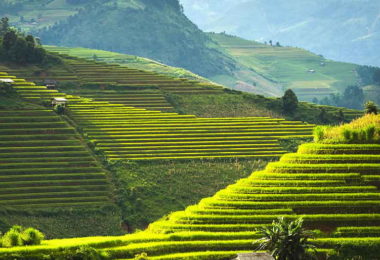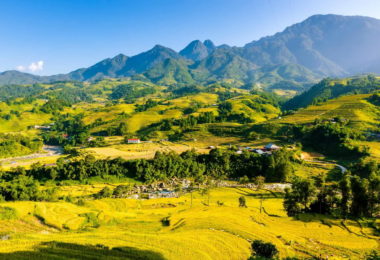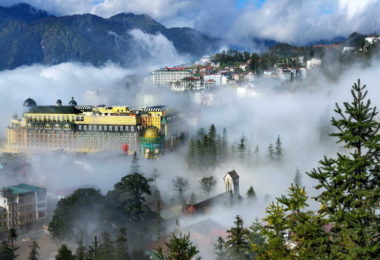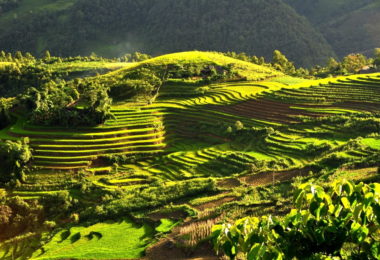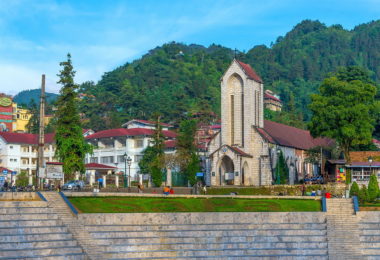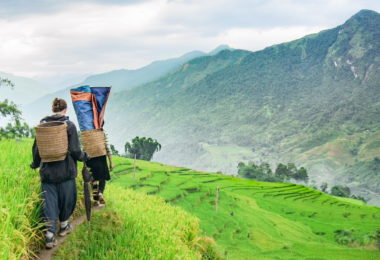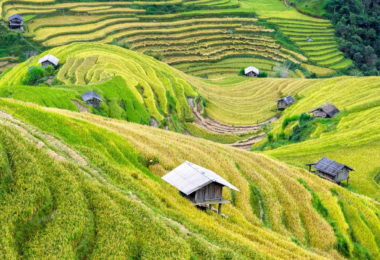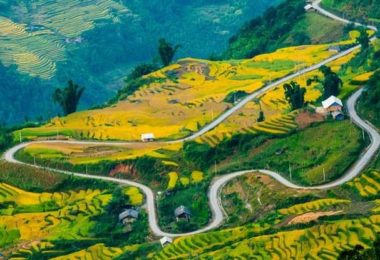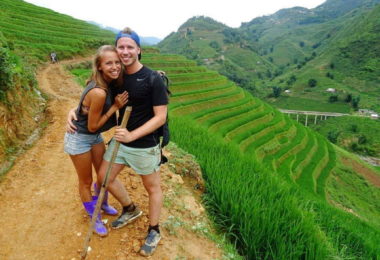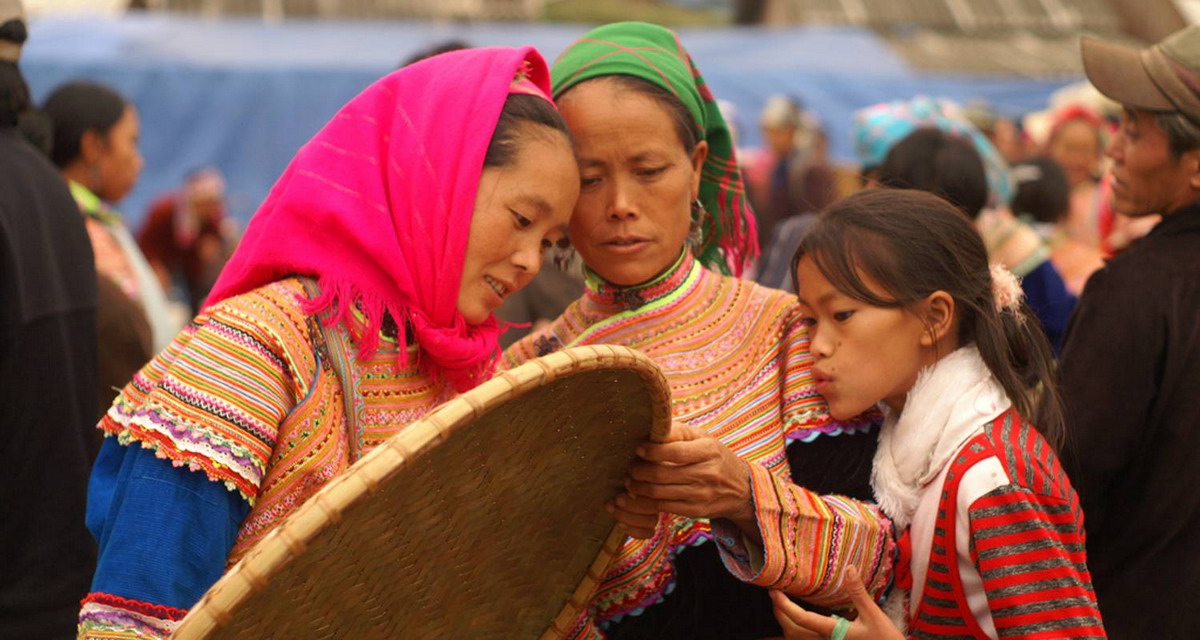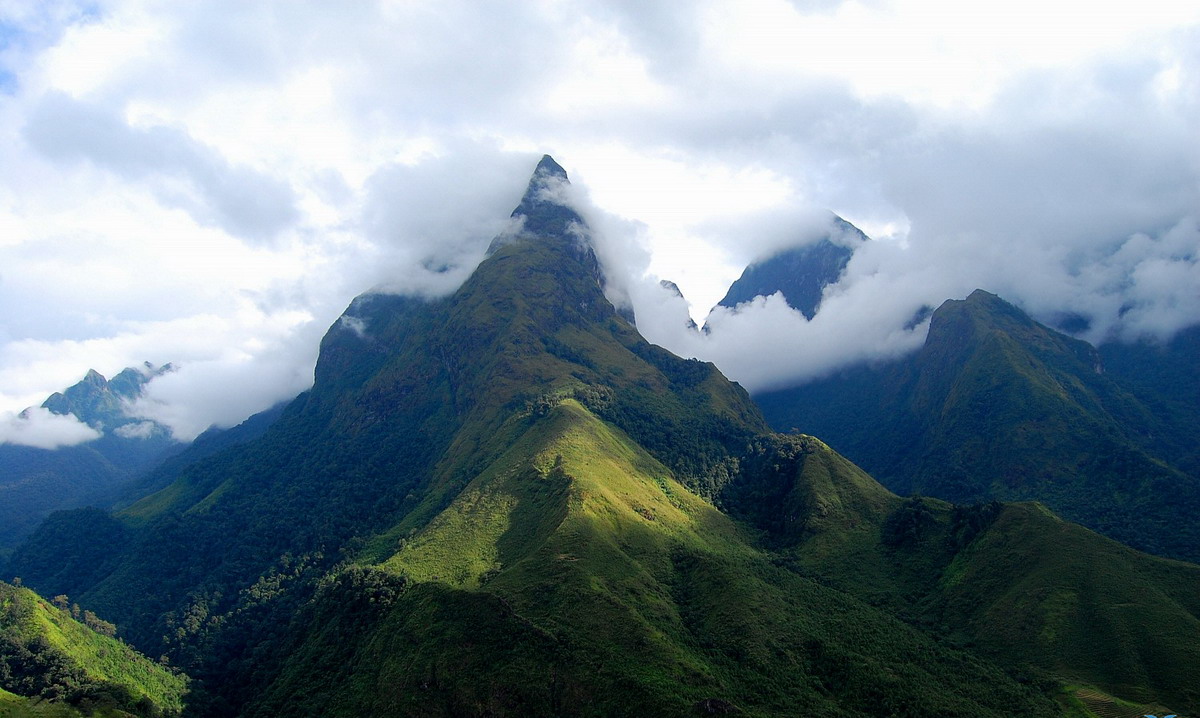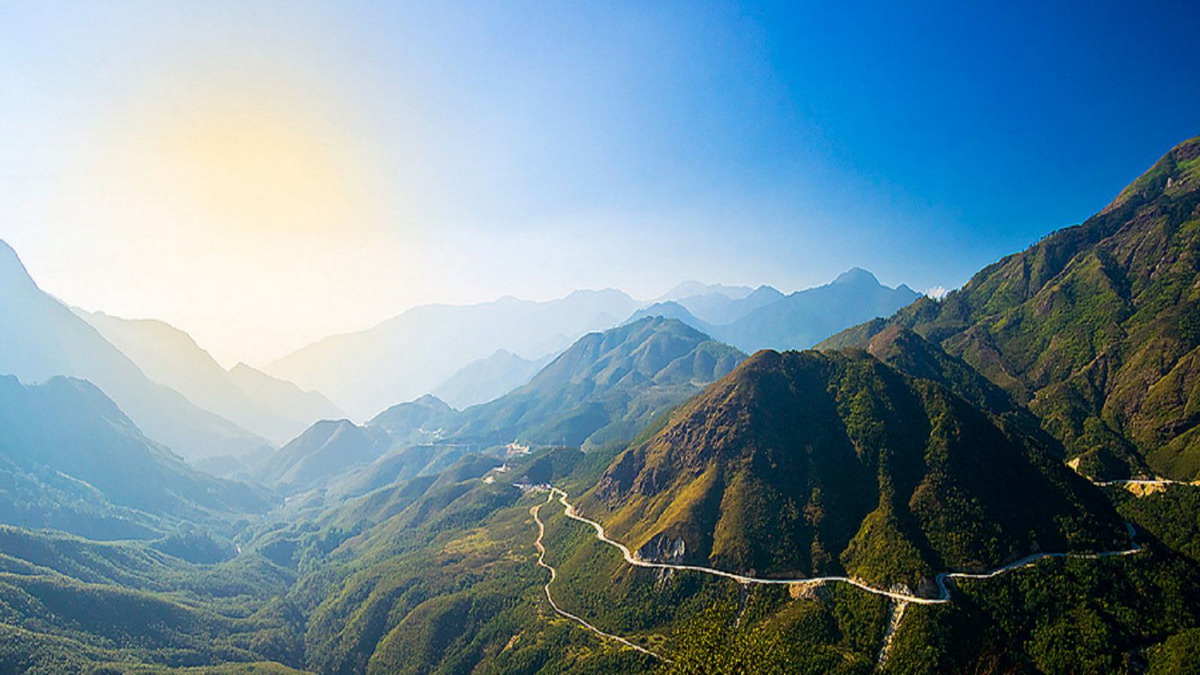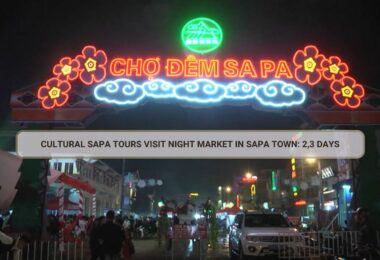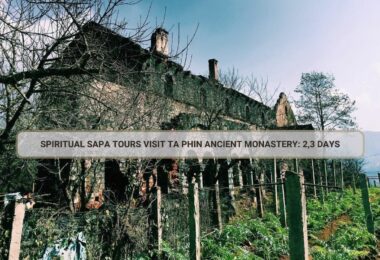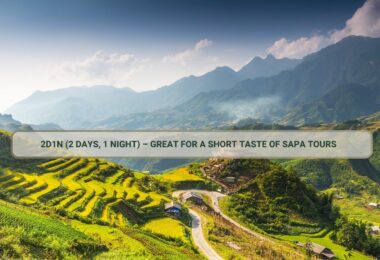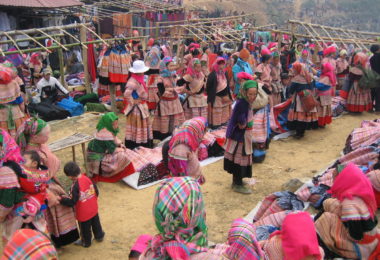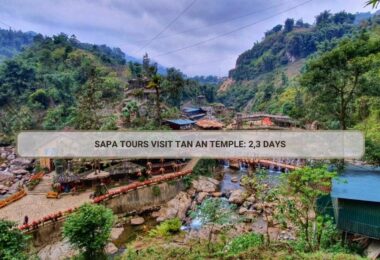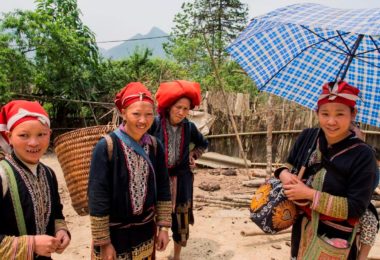Sapa Gallery Tours invites you to join its tour to the mystical beauty of Sapa, where thousands of years of history and cultural variety are unveiled in a background of breathtaking landscapes. While Sapa is known for its impressive rice fields and mist-shrouded peaks, it also hides the peculiar treasure known as the Sapa Ancient Stone Field. Tucked away within Muong Hoa Valley, this mysterious site features ancient carvings that fascinate both scholars and travelers, making it an essential stop on any Sapa Tours itinerary. Come with us on a journey to explore this highly captivating destination that has beautifully woven together the threads of history, nature, and mystery.
Cultural and Archaeological Significance of the Rock Field on Sapa Gallery Tours
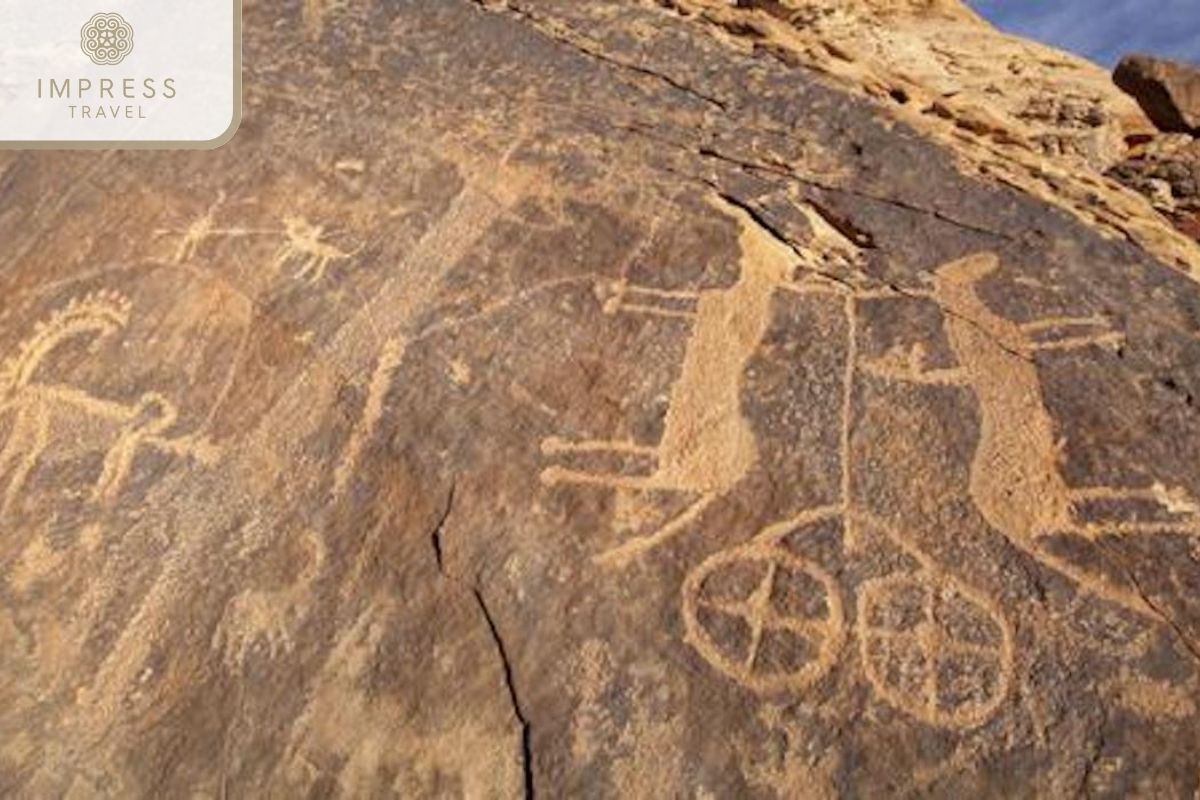
Sapa Ancient Stone Field
Sapa Ancient Stone Field: A National Cultural-Historical Monument
Sapa Ta Van Ancient Stone Field is not only beautiful but also considered a National Cultural-Historical Monument because of its immense value to Vietnamese heritage. It was classified in 1994 and represents more than just a good-looking landscape: the heritage of history and culture in reality. The gallery tour forms part of our Sapa Gallery Tours that help guests get a better view of the cultural fabric of the region along with the way of life followed by ancient communities.
Cultural Significance for the H’mong, Dao, and Giáy Communities
This site has been significant for centuries to the local Hmong, Dao, and Giay communities who consider these stones sacred and part of their cultural identity. The intricate engravings on the stones-thought to symbolize their ancient beliefs, events, and maybe spiritual rites offer a very treasured look backward. Every Sapa Tours experience through this site provides an extremely rare opportunity to learn about daily life, spirituality, and customs among these communities.
Insights from Scholarly Research and International Collaboration
Adding to the historical value, the Sapa Ancient Stone Field has been the focal point of studies spearheaded by experts from the Hanoi University of Culture in collaboration with the French EFEO (École Française d’Extrême-Orient). The mystery and probable meanings of the carvings have thus been brought to the fore as probably being centuries-old maps or depictions of local rituals. These insights add to the Sapa Gallery Tours, turning what might have been a mere visit into a voyage of discovery wherein every stone has its thing to say and contributes to the legacy of Vietnam’s cultural identity.
A Symbol of Pride and Mystery in Sapa Gallery Tours
Come with us on a journey of discovery, and sense the pulse of history Sapa Ancient Stone Field continues to be a mystery and source of pride among Vietnamese people as it bridges the past to the present via Sapa Tours.
Unveiling Sapa’s Hidden Mysteries: The Ultimate Sapa Gallery Tours
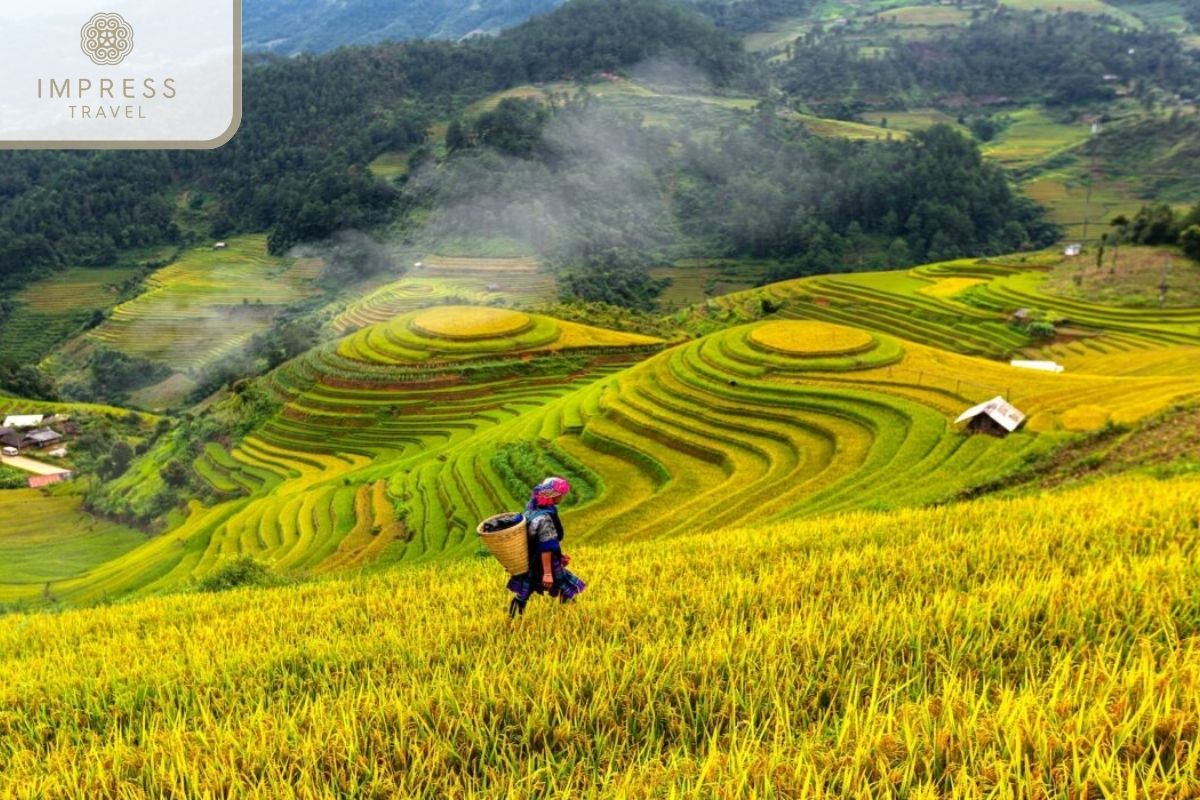
Sapa’s Hidden
Unveiling Sapa’s Hidden Mysteries
Day 1: Hanoi – Sapa – Cat Cat Village – Hydro-Power Waterfall
06:30 – 07:00: Kick off your journey with Sapa Gallery Tours as our guide and driver will pick you up from the busy Old Quarter in Hanoi, heading north along Nội Bài – Lào Cai Expressway, the longest expressway in Vietnam. On the routes, the scenic landscapes of mountainous areas and the lush green hills will daunt your heart to introduce northern Vietnam in all its beauty.
12:30: Arrival at Sapa, followed by lunch at a hotel. This will also afford an opportunity for participants to take some rest.
14:00: We will begin our trekking day trip up to Cat Cat Village of the Black H’mong, situated at the foot of Fansipan Mountain. This village is renowned for its hydro-power waterfall and also for having been constructed by the French in 1925. With a real trek, you will visit traditional stilt houses, see the local handicraft-making, and witness a bit of the daily life and customs of the residents, which are the H’mong people. Thanks to Sapa Gallery Tours, all these authentic experiences come together and give your Sapa Tours another dimension.
19:00: Dinner at the hotel. Free evening to explore Sapa Town. You will see the ancient stone church, a testament to the town’s European roots when turmoil beset Indochina. If you are here on a Saturday, you will also have the option to join the Red Dao people’s love market, an unforgettable cultural event.
Day 2: Sapa – Ta Van Village – Sapa Ancient Stone Field
07:00: Breakfast at the hotel; then you will begin your day by trekking to Ta Van Village. Moreover, you will visit the mysterious Sapa Ancient Stone Field.
08:00: Drive through the stunning Muong Hoa Valley. Rice terraces representing endless fingers stretch up the mountainsides, seemingly to the sky. We stop for a photo at Ta Van Bridge with this incredible backdrop.
Upon arrival in Ta Van Village, you will be able to meet the Giay, Mong, and Dao people, and get acclimatized with their traditional ways of living. During rice harvest season, this valley becomes a sea of golden fields with the sweet fragrance of ripened rice wafting through the atmosphere. Local culture the Sapa Gallery Tours allows for an intimate look at the special customs and practices that mold life in these mountains.
Continuing further in our journey, Sapa Ancient Stone Field is a mysterious area containing over 200 big stones engraved with different kinds of intricate carvings, maps of ancient times, and mysterious signs that have misled historians for almost a century. Discovered by the archaeologist V. Goloubew in 1925, this site remains one of Vietnam’s mysteries and draws travelers who love to explore ancient secrets. This visit is completed with Sapa Tours as an addition to the mystery and history.
11:00: Back to the hotel for rest and lunch.
Afternoon: You are free to walk around Sapa, visit the stone church, and find souvenirs in the Sapa Market. Alternatively, you may want to experience the herbal bath of the Red Dao people, which is highly recommended by Sapa Gallery Tours.
19:00: Dinner at the hotel; in the evening, free time, relax, and enjoy the mouth-watering grilled treats that Sapa has to offer-skewers, grilled corn, and sweet potatoes, which the cool mountain air makes especially savory.
Day 3: Sapa – Ham Rong Mountain – Sapa’s Heaven Gate – Hanoi
07:00: Start with breakfast while enjoying the cool and breezy morning Sapa air.
08:00: Commence our trek up Ham Rong Mountain for a panoramic view of Sapa town. In Sapa Gallery Tours, we guarantee to take guests through every single attraction in Ham Rong from the Radio Tower to orchards of pear and wild apple trees, and famous orchid gardens. At an altitude of 2,800 meters at the San May peak, also known as Sapa’s “Heaven Gate," you can feel your excitement at standing among the clouds—a photo opportunity you will never want to miss.
11:00: Return to the hotel and check out; leave your luggage with the concierge.
11:30: Farewell lunch at the hotel.
Afternoon: Free time shopping some local specialties in Sapa: wild apple wine; cardamom, and handmade products before our departure.
13:30 or 16:00: Relax on the journey back to Hanoi. We will make a short stop en route for you to stretch your legs and collect local specialties.
19:00 or 22:00: Arrive back in Hanoi and say goodbye with lifetime memories. Thanks for joining Sapa Gallery Tours, looking forward to welcoming you for more unforgettable Sapa Tours!
Top Tips for Visiting Sapa Ancient Stone with Sapa Gallery Tours
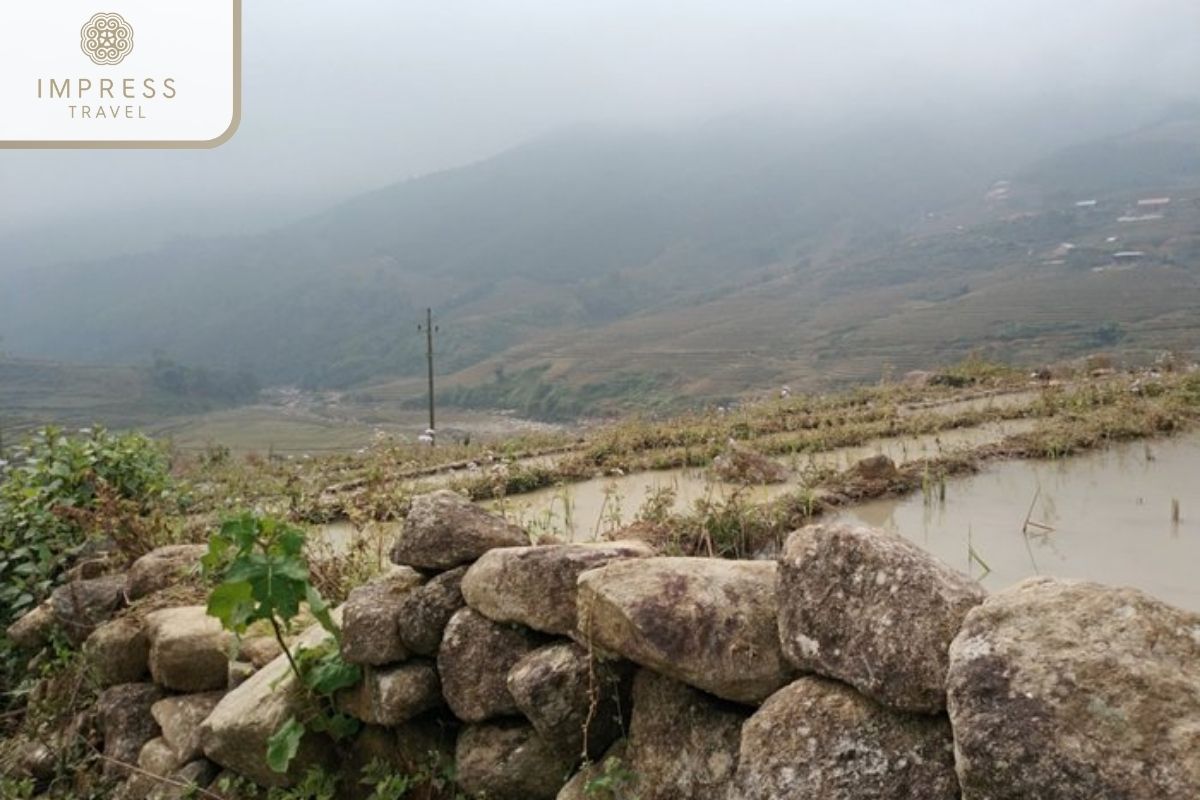
Bai Da Sapa
Best Times to Visit with Sapa Gallery Tours
If you want to make the most of it, the best idea would be to time the most captivating seasons around Sapa. Usually, this takes place from September to Early October; the rice harvest season is in gold, and the view is amazingly stunning around Sapa Ancient Stone Field. On the other hand, winter snowfall between December and February houses a magic landscape dusted with snow, adding mystery to the stones. Whichever season you travel in, Sapa Tours will make sure you are there at just the right time to capture unforgettable moments.
Weather-Ready Tips with Sapa Gallery Tours: Dress Comfortably
Because of this, Sapa’s weather can be highly unpredictable; it is always better to wear something in layers. In colder months, don’t forget a warm and waterproof jacket with comfortable shoes due to the uneven terrain. For summer, lightweight clothes are excellent, but one must never forget a rain jacket. A strong pair of trekking boots will be able to be confronted with the Rocky Field much more easily. To ensure that every guest is prepared for Sapa’s specific climate, detailed packing lists are provided by Sapa Gallery Tours.
Respect Local Etiquette with Sapa Gallery Tours: Preservation Tips
The Sapa Ancient Stone Field is one of the most important historical sites; we must keep it complete, shall we? Respect local customs population by not touching or standing on the ancient stones. Please remember to take out any litter and not throw any in the field. It is a sacred place in the locals’ hearts, so making less noise will keep the field quiet significant feature of the Sapa Gallery Tours.
Conclusion
The Sapa Ancient Stone Field represents a compendium of history, mystery, and natural beauty and forms one of the key stops that no Sapa Gallery Tours will omit. This is also the only place in Southeast Asia where ancient Vietnamese culture can be viewed on stone engraving. As a history enthusiast, one should not miss having it included in his tour program. Impress Travel offers a Sapa Tours through some very informative guides who will take tourists around this unique heritage site with information on every nook and cranny. Immediately join Impress Travel on this wonderful journey to Sapa, with its most captivating landscapes and stories!

































